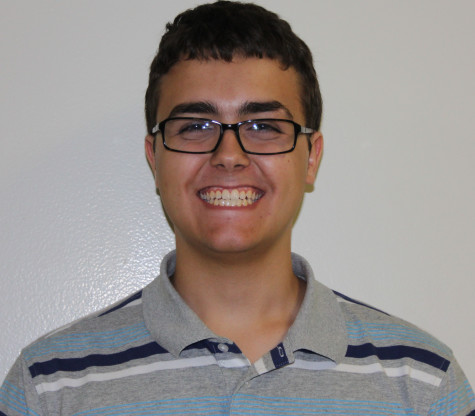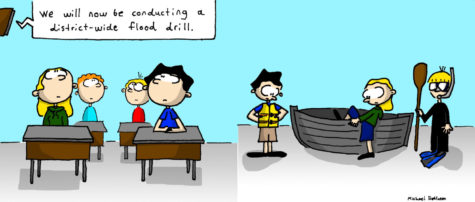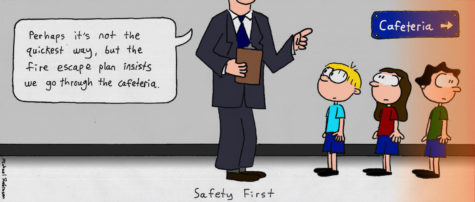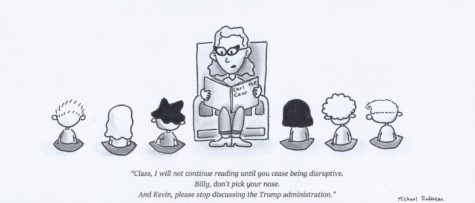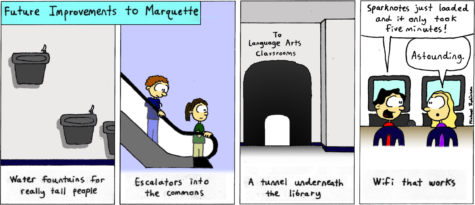Evaluations change for teachers
This August, Rockwood began using a new process to evaluate its teachers in response to new standards Mo has put in place for its schools. It replaces the procedure Rockwood has been using for the past seven years.
Dr. Greg Mathison, head principal, said the old evaluation system was based on four major areas that the visiting administrator could observe in the classroom. Non-tenure would be evaluated four times per year, with one summative evaluation at the year’s end. Tenure teachers were evaluated once per year for two years, then three times with a summative on the third year. Each teacher would be judged on a four point scale from “needs improvement” to “advanced.”
Based on the No Child Left Behind Act, Mo. could apply for a waiver if its schools followed a set of requirements, which includes new teacher evaluation processes
“The state decided that all schools had to have a growth model implemented in their evaluations and the districts could adopt what they wanted as that model,” Dr. Mathison said. “But there had to be some evidence of pieces of teacher growth and increased student learning.”
A Rockwood committee met for a year and a half to create the new system for the 2014-2015 school year.
This new process allows more communication between teachers and administrators as they discuss the effectiveness of new strategies they use in their classrooms.
“The biggest piece is [the growth plan], and that they have evidence of effectiveness in results from students,” Dr. Mathison said. “I think that’s the most controversial part.”
Because the process is new, the administrators started visiting as a group, they hope this will allow for reliability in these early attempts at utilizing the new process.
“Sometimes all six of us have been in a classroom together and digested what we saw to make sure we have a full understanding of the new system,” Dr. Mathison said.
Scott Szevery, head of history deparment, whose 6th Hour AP US History class was one of the first to be evaluated, wasn’t bothered by the presence of six administrators in the back of his classroom. Neither were his students.
“It was something that I think would be stressful for a young teacher, but I find I’ve got so much experience with administrators, evaluations and teaching that it didn’t faze me,” Szevery said. “It was kind of fun to have all of them in the room at the same time.”
Szevery admitted that while he does find many details of the new system to be an improvement, he’s not sure if it’s too complicated for its own good.
“The ideas in it are good ideas, and I think there can be some useful feedback, but it may be hard to pull the useful feedback out of a very complicated sort of system,” Szevery said. “That’s going to be the challenge”
Dr. Mathison said that though it may be too soon to tell, the new system is an upgrade on the old system.
“I think it has potential to be a great system,” Dr. Mathison said. “I would probably say that, in the idea of why we’re going to this, the collaborative conversations with the teachers are the best. So that’s why I’m excited about it. Now since it’s new, it’s going to take some time to get into that rhythm.”
Your donation will support the student journalists of Marquette High School. Your contribution will allow us to purchase equipment and cover our annual website hosting costs. You may become a PATRON by making a donation at one of these levels: White/$30, Green/$50, Blue/$100. Patron names will be published in the print newsmagazine, on the website and once per quarter on our social media accounts.



